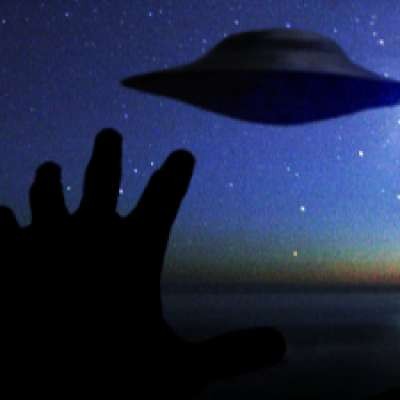3D Spectrum Analyser (1280 LEDs) - MAKING OF
DEMO: https://www.youtube.com/watch?v=yYPCe372meM
Twitter: https://twitter.com/Pianistos
This is a 3D Spectrum Analyser I made back in 2012. I will use it in my next piano videos. So stay tuned!
===============
| About the project |
===============
I found the 8x8x8 ledcube project really cool but I did not want to blindly copy it because it would not have been new. After thinking a bit I got an idea to build a 3D spectrum analyser that reacts to music and here is the result! It is amazing to play piano with it.
HolKann (alias) is a friend of mine who wrote the code for this project. After I built the spectrum analyser I asked him to help me with the programming and he was happy to work on the project! It was a learning experience for both of us. Of course I had to have an idea on how and what should be programmed before building this thing but I needed someone to write an optimal code in order for the microprocessor to execute the algorithms at the desired speed. After some evenings of programming we finally got this thing working. We squeezed all juices out of the microprocessor to get a refresh rate of 80 fps and a beat response of about 12ms (the time it takes to process the audio signal and to show it visually)! If there is no input signal for longer than 1 minute the spectrum analyser turns off automatically.
Thanks for watching & take care!
Ratmir
==================
| Settings with 6 knobs |
==================
- Right Frequency Bound: adjusts the right border of the frequency window.
- Left Frequency Bound: adjusts the left border of the frequency window.
- Amplitude: sets how high the LEDs can go.
- Brightness: adjusts the brightness of the LEDs
- Delay: sets how fast the LEDs fall down and is used to smoothen their movement.
- Effects: every effect can be chosen seperately or shuffled through by turning the knob completely to the left or right. There are 23 effects, some very similar to the others with some small changes. 16 of these effects are unique depending on how you look at it.
=========
| Software |
=========
https://tweakblog.tweakblogs.net/blog/
=========
| Hardware |
=========
Ledcube: http://www.instructables.com/id/Led-Cube-8x8x8/
======
| Music |
======
Ronald Jenkees - Guitar Sound https://www.youtube.com/watch?v=smE-uIljiGo
Thomas Bergerson - Heart of Courage https://www.youtube.com/watch?v=P1DH8LraXDA
Thomas Bergerson - Skyworld https://www.youtube.com/watch?v=Lq2ANOkfsIA
Special thanks to the composers for the permissions to use their music.
=====
| FAQ |
=====
Q: What do you do for a living?
A: I'm an electrical engineer and HolKann is graduated in computer science. We're both PhDs.
Q: You've made it in 2012? Why did you wait so long before uploading the video?
A: The hardware part was ready at that time but it still had to be programmed. I've put the project aside for a very long time... it did not get the highest priority.
Q: At the end of the video you're playing B3 and C4. Not B2 and C2.
A: Yes. The naming of the notes is wrong but the frequency differences between them are correct though.
Q: What circuit simulator are you using?
A: LTSpice. It's a freeware!
Q: Which PCB design software?
A: Altium.
Q: What laser cutter is that?
A: Trotec Speedy 100 R laser cutter.
Q: During the test with the UV light source you said that the "20 seconds" step was too long. Therefore, you took 5 seconds. But at the end you chose 40 seconds. Couldn't you see it when you did the test with 20 seconds?
A: Yes, in my first test I saw indeed that exposing for 40 seconds gave a very good result. But I could not have known that it was the best I could get. It could have been 35, 45, 50 or 55 seconds. In fact the result with 35 seconds was as good as the one with 40 seconds of exposure time.
Q: Why don't you use gloves all the time when dealing with chemicals?
A: I have worked on the hardware part alone. It was hard to record a video with the gloves covered in chemicals. I made sure I had no physical contact with any of the chemicals and there were no problems!
Q: How much did it cost?
A: About 300 euros for the components. The price can be significantly lower because I did not always search for the cheapest options.
Q: Soldering time?
A: Soldering the LEDs took about 30 hours. To solder the PCBs about 60 hours and 10 hours for the wiring. In total it was about 100 hours of soldering spread over a few months. When I started on this project I bought 1000 LEDs. They were enough to solder 12 of the 16 layers. To finish the other 4 layers I bought 400 LEDs more but they turned out to have a lower light intensity. The person who sold me the LEDs was not able to send me the same LEDs for some reason... As result, I had to buy 2000 LEDs with the same light intensity and start all over again. I have 16 bands lying here with only 12 layers finished... An effort for nothing :-).
Q: Total time to build it?
A: It took about 3-4 months to build and program it.
-
Catégorie



Aucun commentaire trouvé